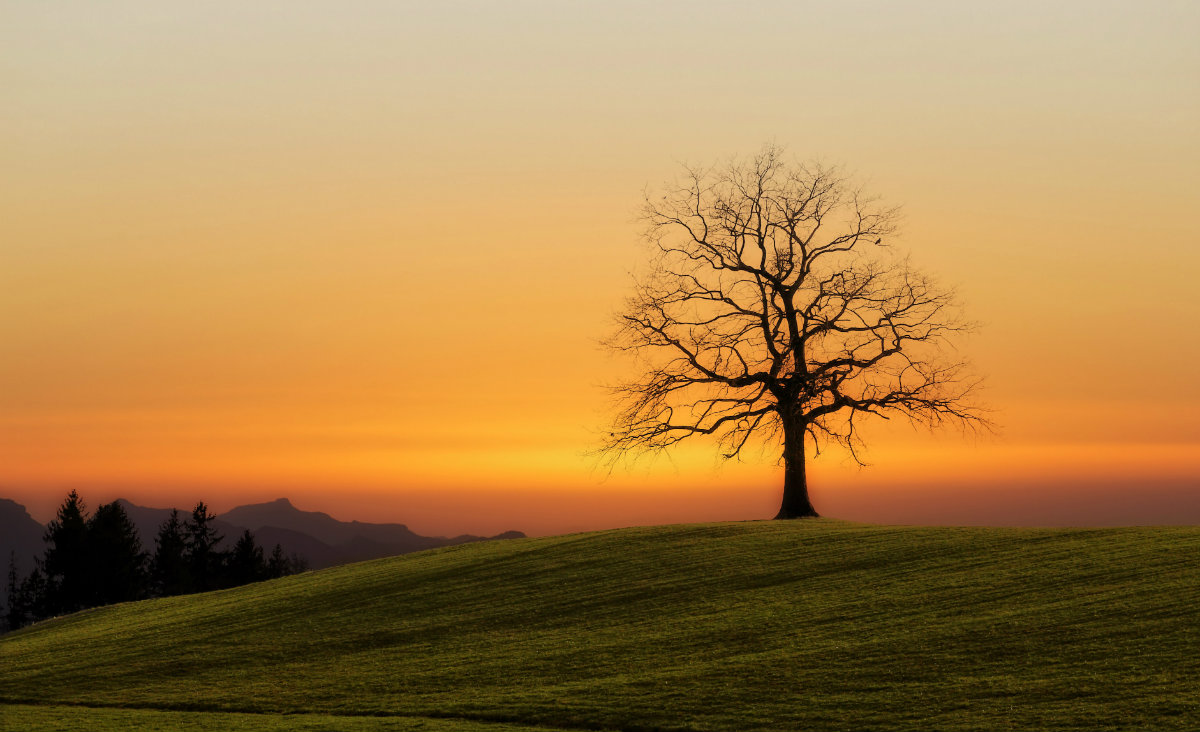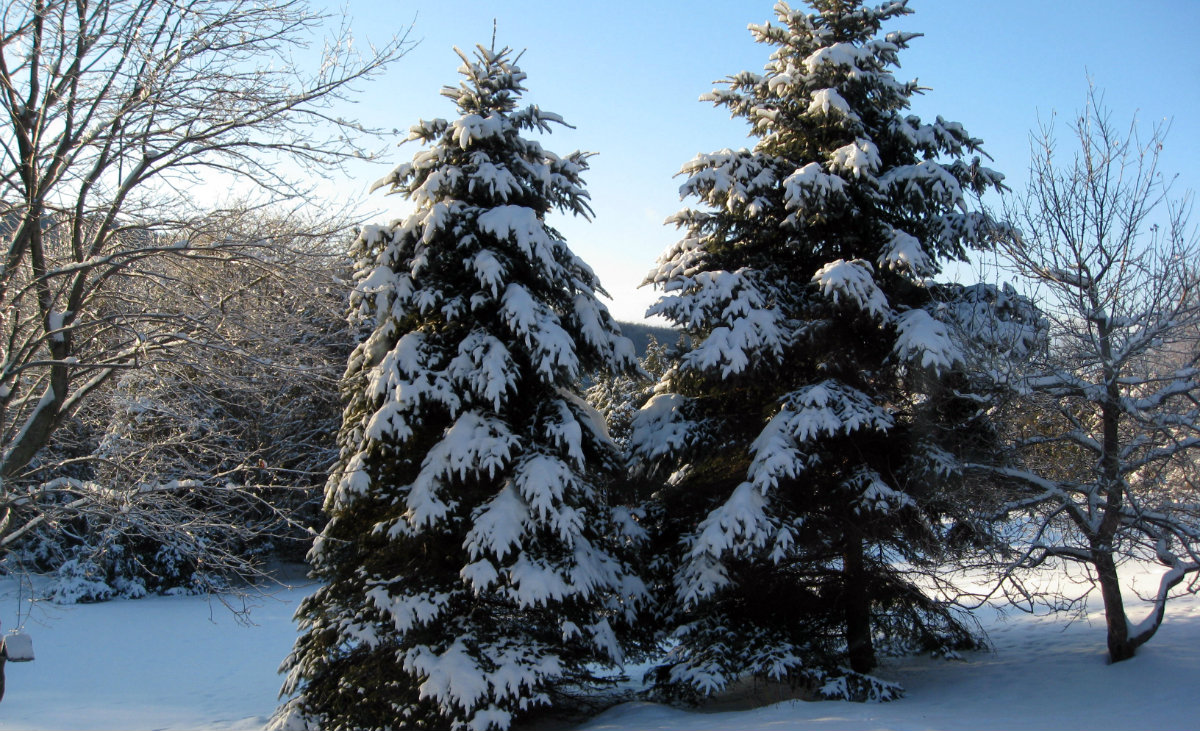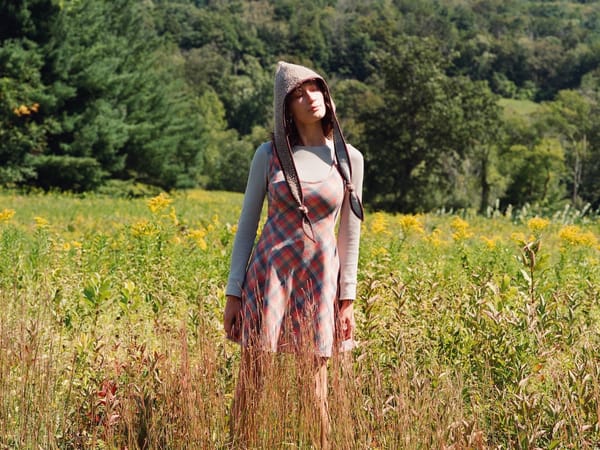Never Mind The Forest, Let's Talk About Trees
An appreciation of trees, and what to consider when planting one of your own.

An appreciation of trees, and what to consider when planting one of your own.
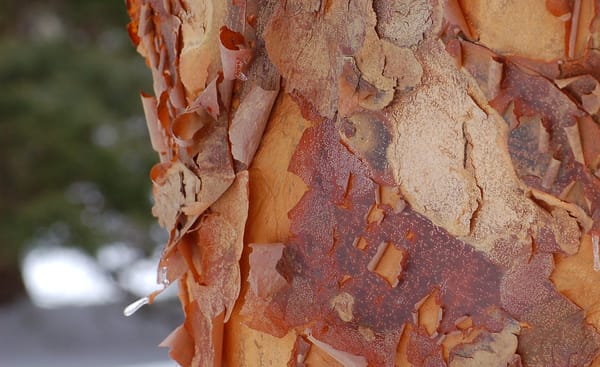
Seeing the videos of the rampant wildfires in Australia is simply horrifying. The loss of human and animal life and property is devastating. Vast forests of monumental eucalyptus trees, which are the prime source of food and habitat for koalas, are being destroyed and at the same time exacerbating the fire spread because of their very nature. The normally beautiful strips of peeling bark become an arsonist’s dream, for when aflame, they can travel great distances on air currents and spark new fires miles away. Watching that footage makes me grateful for our beautiful Eastern forests and the trees I see every day. I’m thankful that we are not experiencing drought, like so many other parts of the world.
We take trees for granted. Much of the time, mature trees just seem inert. For long periods we see no changes. It’s only when the buds start to pop in the spring or the leaves turn overnight in the fall that we take notice. Right now, the stark branches are silhouetted against the sky and the evergreens are admirably highlighted with white “cake frosting.” Winter light helps us appreciate the bark textures, canopy shapes and branching structure of different varieties.
In the growing season, the focus is on foliage and flowers. Each year, I anxiously anticipate the arrival of the first chartreuse “popcorn” dots on the branches that signify spring has truly arrived. Next, the brief but glorious spring flowering season of fruit trees and other ornamentals takes center stage. As summer comes on, we are treated to myriad leaf shapes and vast swaths of tree canopies in dozens of shades of green. And then, our famous fall foliage season arrives and blows our socks off. But it is not until winter that we can see the magnificent structure of trees.
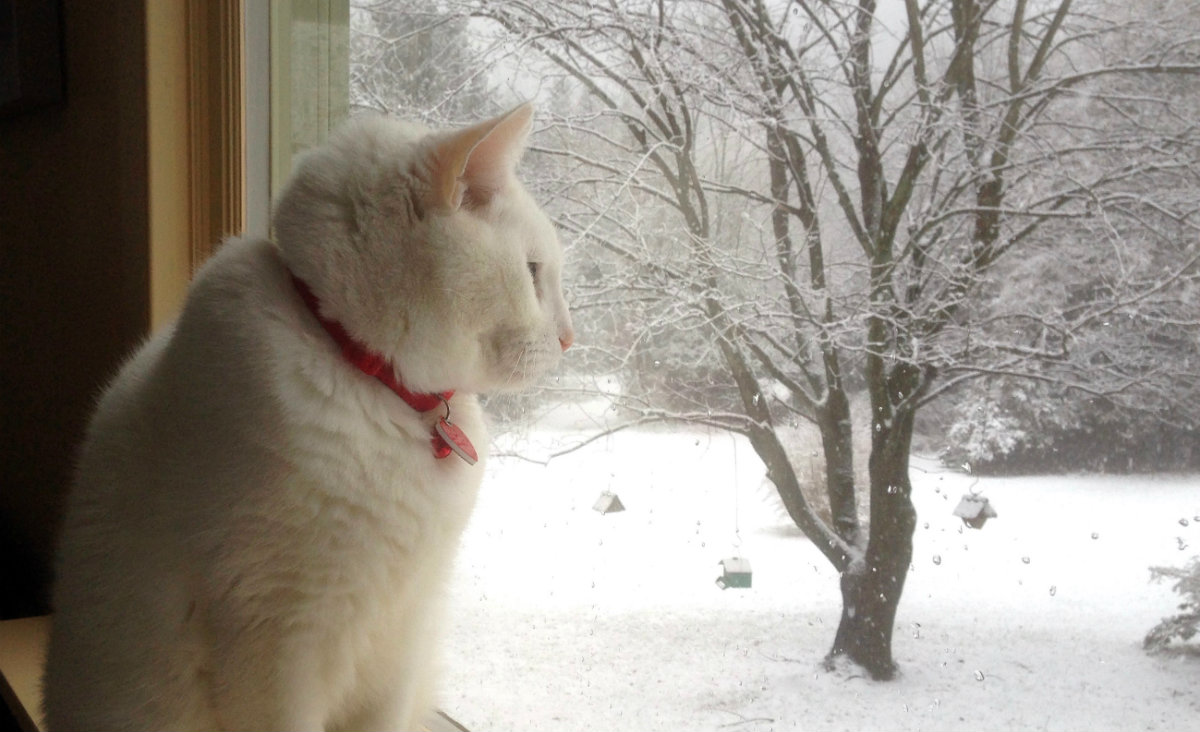
In one year, an acre of mature trees absorbs the same amount of carbon dioxide produced when you drive your car 26,000 miles. Yet we tend to take them for granted and neglect them terribly. It's not until we are threatened with losing a treasured tree that we call an arborist to “fix” it. Unfortunately, it’s often too late to save and the only prudent solution is a take-down. Saying goodbye to a 100-year-old maple or oak is like losing a member of the family. So, be mindful of these four essential rules for caring for your existing trees: mulch, prune, protect and water. If in doubt, call a pro, because incorrectly applying these rules can actually kill your tree. Winter is an excellent time of year to call a professional arborist for a consultation. They can more easily see the vulnerabilities in the tree structure without the foliage.
If planting new trees is on your to-do list for the coming season, think carefully about which variety will give you and future generations the most beauty and enjoyment. For me, looking for trees that offer multiple seasons of interest forms the foundation of selecting new varieties. Researching disease resistance and opting for trees that offer benefits to native fauna are also important features on which to focus. Noting the mature height and spread of trees is also very important. The age-old rule of “right plant, right place” is essential to this task.
Some stunning smaller trees that I wish to have in my own landscape are Carolina silverbell (Halesia carolina), Stewartia (Stewartia pseudocamellia) and Paperbark maple (Acer griseum). An excellent way to shop for trees and see them in their maturity is to go to Berkshire Botanical Garden in Stockbridge, Mass. Look at them now, and then again in the growing season.
Winter is the perfect time for a curling up with a good read and I can recommend two award-winning books — one a memoir, one a novel — with trees as the backdrop: Lab Girl by Hope Jahren and The Overstory by Richard Powers.

